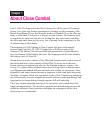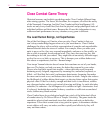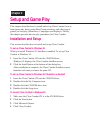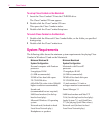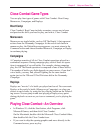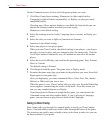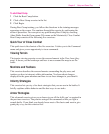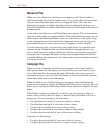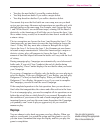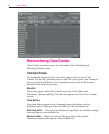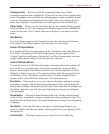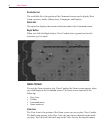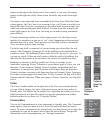
2
Close Combat
Close Combat Game Theory
Historical accuracy and realistic psychology make Close Combat different from
other strategy games. The forces, the locations, the weapons, all reflect the reality
of the Normandy Campaign. And the Close Combat artificial intelligence (AI)
tracks not only every round fired, but also the physical and psychological states of
individual soldiers and their teams. Because the AI uses this information to vary
soldier and unit performance in every situation, every game is different.
You Lead Human Beings, not Superheroes
One of the first things you’ll notice when you play Close Combat is that you
can’t always make things happen when or as you want them to. Close Combat
challenges the player with a realistic representation of complex and unpredictable
human behavior under the stress of combat. For example, when you order your
units to move or fire, they may respond immediately and move or fire quickly, or
take a while to respond, or not respond at all. They may also react in a way that
has nothing to do with your orders: They might take on an entirely different target,
or dive for cover, or hide, or run away. This is because your soldiers behave not
like robots or superheroes, but like—human beings!
Your troops’ human behavior doesn’t mean their reactions are out of your hands,
however. The better you lead your men, the better they respond to your orders.
Players who lead their squads into trouble—whose decisions result in squads
becoming overly fatigued, suppressed by incoming fire, ambushed, captured, or
killed—will find that their units’ performance deteriorates: Incoming fire makes
the men want to seek cover, and reduces their desire to attack. Fatigue also reduces
the likelihood of soldiers hitting their targets, or obeying future orders that require
physical effort. If the fire is heavy enough and their cover is insufficient, soldiers
may disregard orders and stay put instead of moving and firing. As each side takes
casualties, its cohesion—the willingness of its soldiers to fight—deteriorates. And
if a player’s leadership has resulted in heavy casualties or sufficient accumulated
stress, soldiers may break and run.
Close Combat bases its psychological model on a study of the behavioral effects
of combat stress by Dr. Steven Silver of Temple University. The game tracks the
cumulative physical and emotional stress that soldiers and units on both sides
experience. Given their current state at any point in a game, it determines whether
or not soldiers will carry out orders, and how quickly and effectively they will
carry out those orders.




